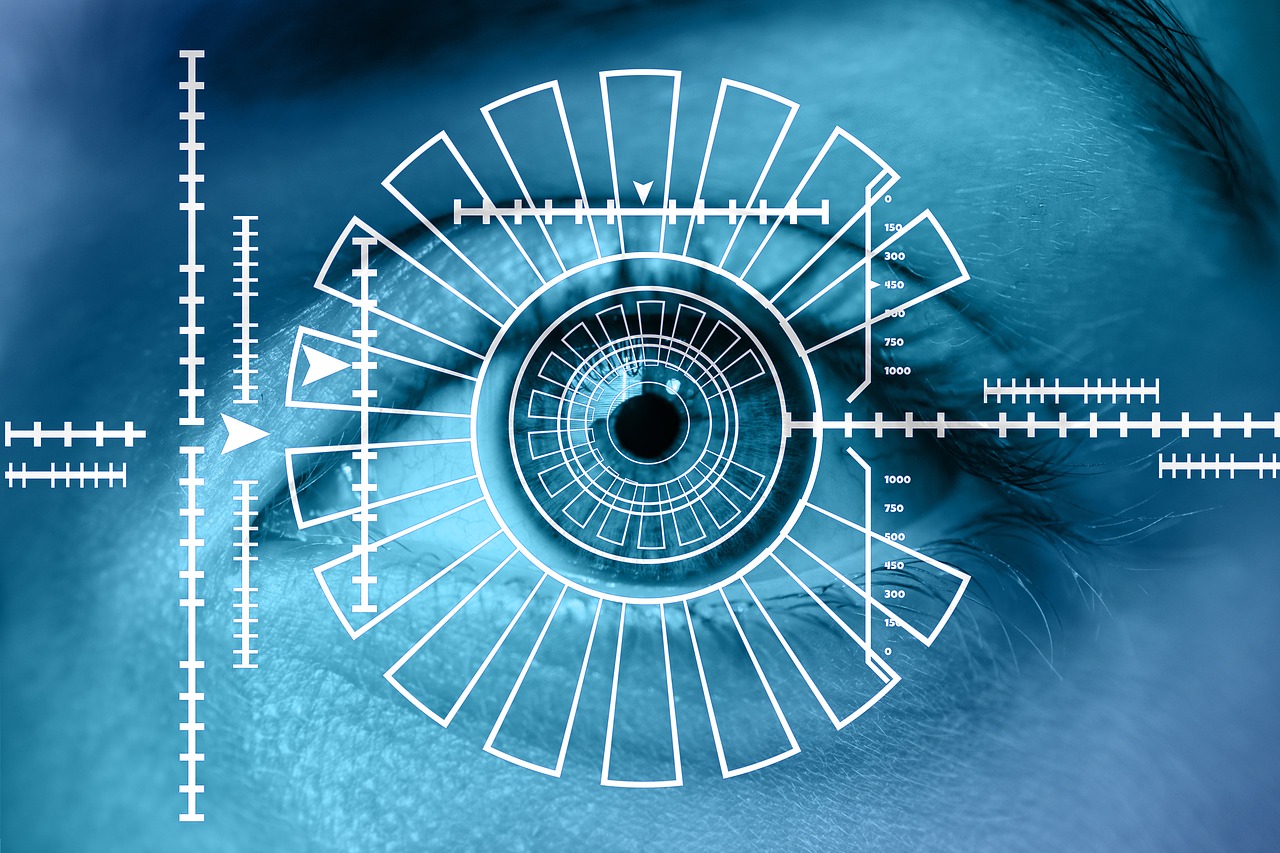Iris recognition and retina scanning are very popular biometric modalities and have some features in common. They both are ocular-based technologies, meaning they rely on unique physiological characteristics of the eye to recognize individuals. They both provide contactless image capturing facilities unlike the more widely popular biometric technology of fingerprints. Undoubtedly, there are many similarities between iris scan and retina scan, but still they are highly different biometric modalities because of some specific reasons based on the circumstances and motive of deployment.

Some of us may often consider iris and retina as not just similar, but the same term. In reality, these two are different entities with different characteristics. Here we will discuss some of the key differences between iris scan vs retina scan.
Differences between Iris Scan vs Retina Scan
Disease:
It is certainly undeniable that human retina is unique to every person and they usually don’t change during an individual’s lifetime. However, there is a tiny chance that the retina could be affected by diseases including diabetes, glaucoma or retinal degenerative disorders which may cause it to change. On the other hand, iris scan cannot be affected by any kind of disease. It remains stable during a lifetime without any hint of change.
Distance:
Retinal scanning requires close distance between a person and the retina scanner. It can’t work without close distance between the eye and the camera, which may prove to be inconvenient for biometric verification. Unlike retina scan, iris scan doesn’t require such close distance for scanning. It can be conducted like a normal photograph, where the normal distance is enough for accurate scanning.
Complexity:
Retina biometrics are relatively complex and unaccepted in many circumstances. Iris scanning is easy to use and has far less complexity issues compared to retina scanning.
Acceptance:
For some technical issues and complex processing systems, retina recognition isn’t widely accepted for all kinds of commercial purposes. Because of its easy and convenient processing, iris biometrics is highly accepted for almost all kinds of commercial purposes.
Invasive:
Though retina scanner is contactless, it beams a visible light into the eye which is considered to be invasive. As like the retina scanner, iris scanner is also contactless and it is like taking a normal photograph regarding any beaming light issue which is not invasive at all.
Don’t Miss: 25 Advantages And Disadvantages Of Iris Recognition
Similarities between Iris and Retina
These two modalities have some similarities in common. The notable similarities are:
- False Positive: Rare incidents of false positive results
- False Negative: Almost 0% false negative results
- Reliability: They are reliable modalities as iris and retina are both unique for each person
- Fast: They both can perform fast to identify a person
What is Iris Recognition?
The word iris comes from the Greek goddess of the rainbow, because of the many colors of the iris. It is a thin part of an eye. It is situated around the pupil which is at the center of the eye, thus they both are round in shape.
It controls the diameter and the actual size of the pupil, moreover the amount of light reaching the retina. Eyes can vary from person to person but the iris is responsible for the eye color. Iris has two layers, the front part is known as stroma and the opposite part is called pigmented epithelial cells.
Iris Recognition is an innovative biometric identification method to authenticate a person by his/her iris patterns. The whole process is an automated method where a biometric recognition technique applies video images of an individual’s eyes.
Iris recognition has been applied on many important international projects in USA, Canada, UK, Netherlands, UAE, Jordan, India, Pakistan, Thailand, Kenya, etc. Microsoft recently launched Lumia phones with iris recognition solution as an authentication feature.
What is Retina Scanning?
Human retina is a thin tissue consisting of neural cells which are situated in the posterior portion of the eye. It is the third and inner coat of the eye, which is a light and highly sensitive layer of tissue. The optics create an image of the visual world on the retina through two other key parts, the cornea and the lens. Today’s cameras function by following this pattern.
The capillaries supply blood to the retina which is highly complex in structure and are responsible for the unique retina for every person in this planet, even for identical twins.
Generally, retina remains unchanged during its lifetime, but in some cases, as discovered by research, retina pattern may become distorted when affected by diseases such as diabetes, glaucoma or other retinal degenerative disorders.
Retina scan is a biometric method to authentic a person by using the patterns on a person’s retina blood vessels. Similar to iris recognition, it is also an ocular-based technology. The purpose of using retina scans are mainly for authentication and identification. Many government agencies including FBI, NASA, CIA, etc. have been using retina recognition for authentication and identification purposes. This biometric technology is also very useful for medical purposes.
Conclusion
As discussed above, iris recognition and retinal scanning both have several characteristics in common. On the other hand, several technical details, complexity, acceptance and convenience differentiates iris and retina recognition. It would be highly appreciated if you let us know of your opinions about iris vs retina recognition in the comments box.


